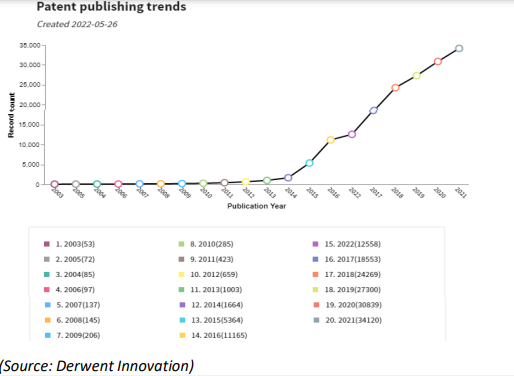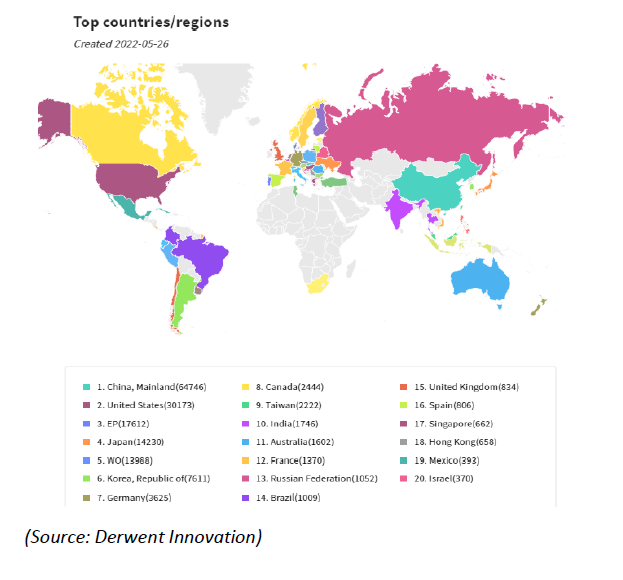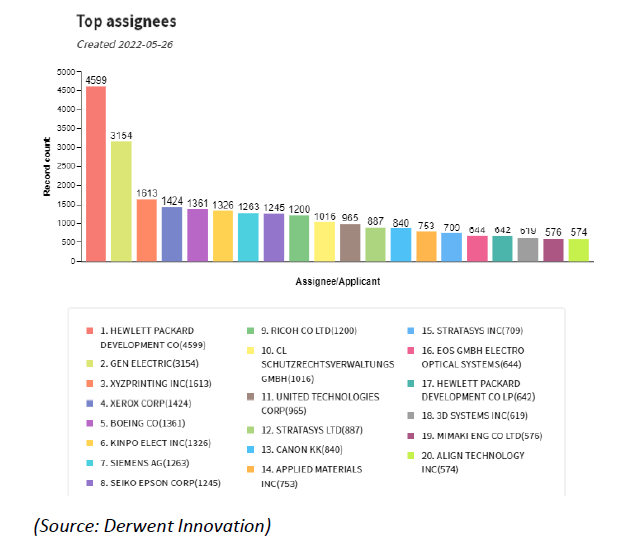Although 3D printing may seem like a recent innovation,this technology has been available since the 1980s, primarily for industrial purposes. However, it is undeniable that recent developments have made 3D printing more affordable and known to the public. Naturally, questions can be raised regarding the intellectual property rights of the printed objects and the associated technology behind 3D printing.
Briefly, 3D printing, also known as additive manufacturing, consists of first obtaining a digital model from either a real object or a design based on Computer-Aided Design software. The digital model is then sent to a “slicer” software that will generate a file that tells the printer everything it needs to know to print the object in the best possible way. Finally, said file is sent to a 3D printer, which deposits layer upon layer of a chosen material until the final object is completed.
Nowadays, this process can be applied in almost any segment, from manufacturing goods to fashion and medicine. Furthermore, due to its increasing accessibility, 3D printing can also be practiced as a hobby.
This accessibility, not only to big companies but also to end-users, creates a massive growth in copying inventions and works of art. Thus, inventors and companies must be on high alert to properly secure their rights to protect their inventions and assets. Moreover, as it is notable for any developing technology, new challenges regarding infringements constantly arise.
Considering that any object may be easily replicated via 3D printing, it is of uttermost importance that the inventor’s and company’s rights are firmly assured. In this regard, an adequate IP strategy is the best way to avoid any possible infringement from third parties.
In the current industrial property landscape, an industrial design is a type of protection directed to an object's ornamental aspects. On the other hand, a patent is another type of protection that covers the technical aspects of an invention.
Furthermore, another form of protection for the resulting objects of 3D printing is under copyright law. Copyright is a type of intellectual property that protects original works of authorship as soon as an author fixes the work in a tangible form of expression. This protection is granted from the creation of the work and, therefore, requires no registration.
Similarly, the expression of the computer code in view of operating its functions may be protected by software laws.
All alternatives can independently protect IP rights in the area of 3D printing. For example, the visual aspect of a 3D-printed object can be entitled to industrial design protection, while a patent may protect an improvement in its 3D printing process. Additionally, by means of copyright, creators have protection over their literary and artistic works. Finally, the file to be sent to the printer containing the printing instructions can be registered as software. However, due to the complexity of determining the most adequate protection, it is in the best interest to use a combination of these strategies.
Industrial property legislation generally grants the titleholder the right to prevent third parties from using, selling, or reproducing the object of protection. Likewise, an unauthorized copy of the printing file or an artistic work by 3D printing would infringe software and copyright laws, respectively. In any case, intellectual property rights can be guaranteed by a combination of different means of protection.
A search in a worldwide patent database for patent applications in the additive manufacturing field shows that, while patent applications were being steadily filed throughout the last 18 years, a noticeable increase in filed applications can be verified from 2015 onwards.

The countries of origin of most patent applications are the United States of America and China. Nevertheless, applications have been filed worldwide, as shown in the map below.

Accordingly, the top three patent applicants in the 3D printing field are companies based in the USA and China, according to the following chart that shows the list of the 20 top patent filers:

In 2021, the Iberoamerican Program for Industrial Property published a report analyzing patent applications filed between 2014-2018 related to 3D printing in its member states. Specifically in Brazil, 38 patent applications belonging to this field were found. Out of those applications, only 9 had been granted by the time the study was released, while 7 were still being prosecuted. The remainder 22 were either rejected or abandoned by their applicants.
Overall, 3D printing is a new means of manufacturing that will increasingly impact many sectors, especially with the continuous improvement of technologies related to this subject, making it more accessible for basically anyone and leading to issues regarding the infringement of intellectual property rights. Due to the complexity and novelty of this field, this issue impacts not only patent law, but also design, copyright, and software legislation. Thus, there must be a careful analysis of the best form of protection (or the combination thereof) considering the whole intellectual property spectrum.





